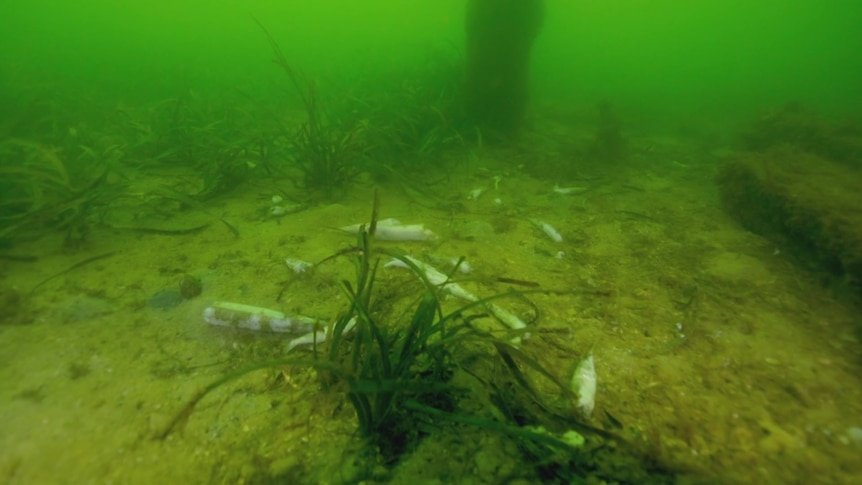South Australia’s usually pristine waters have turned a toxic green, suffocating masses of marine life, and authorities are calling it a “natural disaster.”
The algal bloom, which has been spreading since March, has now grown to twice the size of the country’s capital territory.
Federal Government’s Response Sparks Criticism
The federal government has unveiled an assistance package of A$14m, but refuses to designate the event a natural disaster, sparking criticism from local authorities.
The state premier, Peter Malinauskas, has announced that his government will match the federal government’s funding, with money going towards research, clean up, and industry support measures.

The premier told the Australian Broadcasting Corporation (ABC) that the situation should be acknowledged as a natural disaster, rather than getting caught up in technicalities.
The Devastating Impact on Marine Life and Local Economy
More than 400 species of marine life have died, and local industries are suffering as a result of the toxic algal bloom.
The fishing industry has been particularly hard hit, with some members having no income for at least three months.
Ian Mitchell, a middleman between fishers and retailers, told the ABC that he’s had fishermen in tears on the phone, highlighting the devastating impact on the local economy.
The Role of Climate Change in the Disaster
The algal bloom is naturally occurring, but is caused by ocean warming, marine heatwaves, and nutrient pollution, all of which are direct results of climate change.
Greens Senator for South Australia, Sarah Hanson-Young, has criticized the federal government for underplaying the situation, suggesting that if the disaster were happening in a more populated area, the response would be much stronger.

